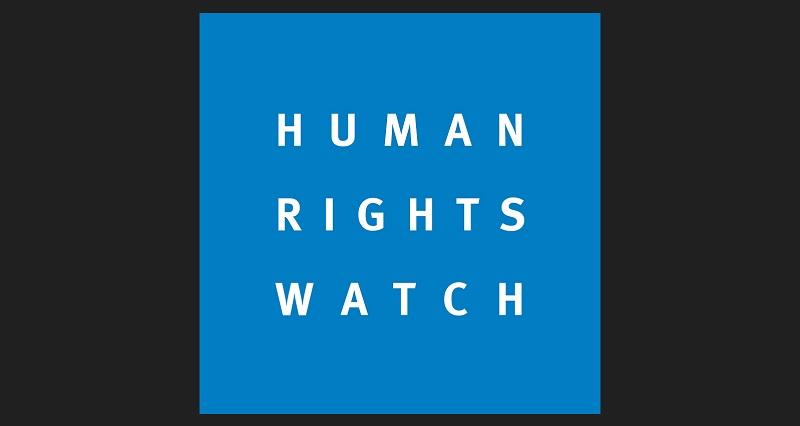HRW: PH needs to do more to protect journalists

Human Rights Watch (HRW) has called on the Marcos administration to improve its efforts in protecting journalists in the Philippines.
"Rather than resting on the laurels of the pending Jumalon trial and the incomplete Lapid case, the Marcos administration needs to ratchet up its efforts to protect journalists," HRW Asia Division senior researcher Carlos H. Conde said in a statement on Tuesday.
"It should immediately end the practice of red-tagging journalists and ensure harassment and killings of journalists are fully investigated and prosecuted, whoever is responsible," he added.
Conde made the statement after the Presidential Task Force on Media Security (PTFoMS) said that the Philippine press remains “vibrant” and “free” following the arrest of the alleged gunman in the killing of Misamis Occidental journalist Juan Jumalon and the sentencing of the gunman in the Percy Lapid killing.
Conde pointed out that the masterminds in these two murders remain at large.
Aside from this, Conde said Filipino journalists face “red-tagging” as well as harassment and threats from authorities. He noted that at least one journalist, Frenchie Mae Cumpio, has been in police detention for over four years.
"The Marcos administration needs to do a lot more if the Philippines is going to discard its reputation as one of the world’s most dangerous places to practice journalism and ensure an environment in which members of the media can do their jobs safely," he said.
Vibrant, free
But according to PTFoMS executive director Paul M. Gutierrez, press community in the country remains free and vibrant, as proven by the large number of radio stations, newspapers, television and cable stations, and magazines currently operating.
Citing Philippine Information Agency (PIA) data as of July 2023, Gutierrez said there are currently 735 radio stations (53%), 421 newspapers (30%) 162 television and cable stations (12%) and 73 magazines (5%) comprising the country's mainstream or traditional media.
"These numbers debunked unsubstantiated claims that the press is under threat, being curtailed or being suppressed in the country," Gutierrez said.
He also noted that the figures do not include media outlets operating using the various social media platforms, "but the number totaled in the thousands." —Joviland Rita/KBK, GMA Integrated News



